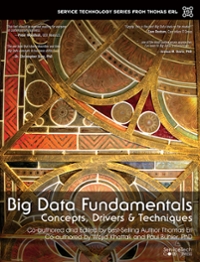Answered step by step
Verified Expert Solution
Question
1 Approved Answer
Please help with the following lambda encoding questions: General untyped lambda calculus rules found here: https://cs.gmu.edu/~marks/463/h/rules.html not-a . (a false) true (15%) Using Encodings Given
Please help with the following lambda encoding questions:
General untyped lambda calculus rules found here: https://cs.gmu.edu/~marks/463/h/rules.html

Step by Step Solution
There are 3 Steps involved in it
Step: 1

Get Instant Access to Expert-Tailored Solutions
See step-by-step solutions with expert insights and AI powered tools for academic success
Step: 2

Step: 3

Ace Your Homework with AI
Get the answers you need in no time with our AI-driven, step-by-step assistance
Get Started


